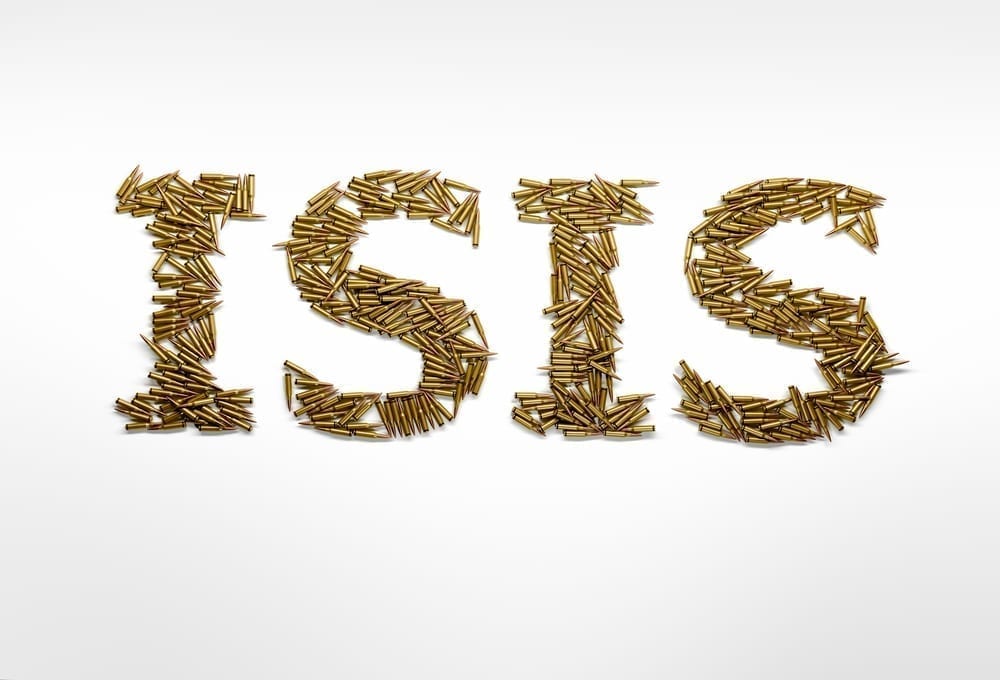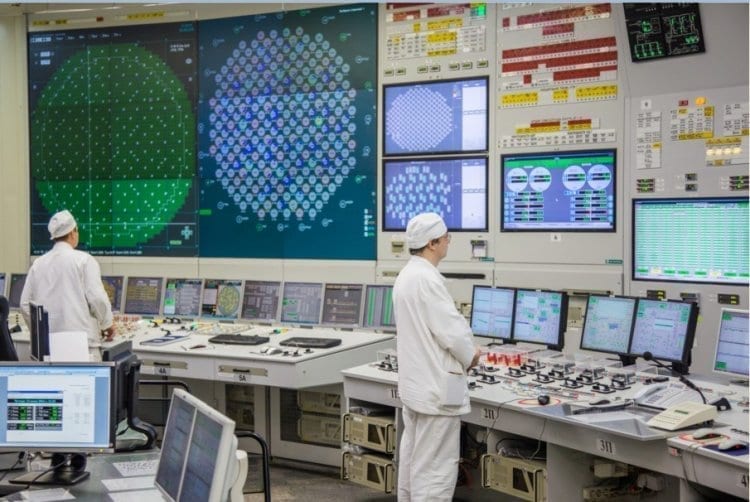The worst hit towns are believed to be Accumoli, Amatrice, Posta and Arquata del Tronto.
“Now that daylight has come, we see that the situation is even more dreadful than we feared,” said Accumoli mayor Stefano Petrucci. Many people were trapped under collapsed buildings, with at least 247 people believed killed. In both of the neighboring cities of Pescara del Tronto and Amatrice, bodies were pulled out from under the rubble.
“Three quarters of the town is not there anymore,” Amatrice mayor Sergio Pirozzi said. “The aim now is to save as many lives as possible. There are voices under the rubble.” The town's hospital had been badly damaged by the quake, and patients’ beds were transferred to the streets.
Damage was caused to towns in the regions of Umbria, Lazio and Marche.
The epicenter of the earthquake struck near the Umbrian city of Norcia, which has a picturesque historic centre and is a major tourist site. Mayor Nicola Alemanno attributed the lack of deaths in the city to its anti-seismic structures.
The earthquake was felt in Rome, 105 miles from the epicenter, and caused furniture to lurch and lights to sway.
“It was so strong. It seemed the bed was walking across the room by itself with us on it,” Lina Mercantini of Ceselli, Umbria, said.
Italy sits on two fault lines, making it one of the most seismically active countries in Europe.
The last major earthquake to hit the country struck the central city of L'Aquila in 2009, killing more than 300 people.





